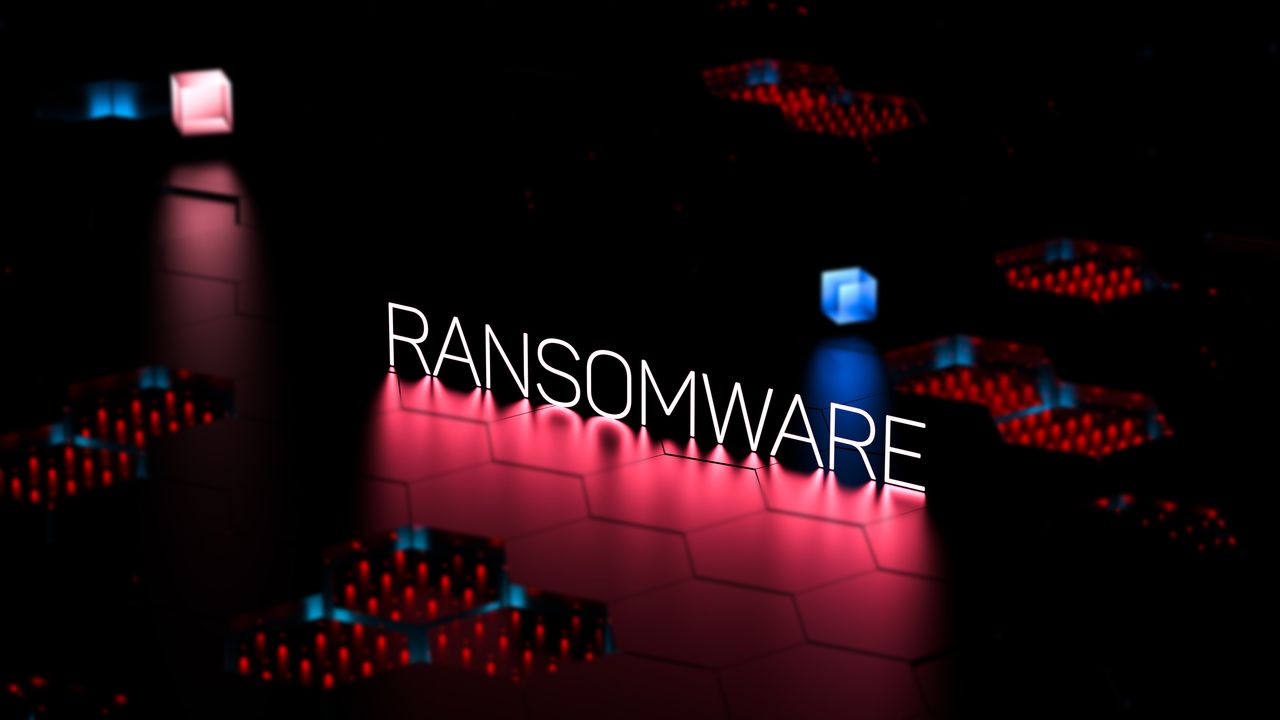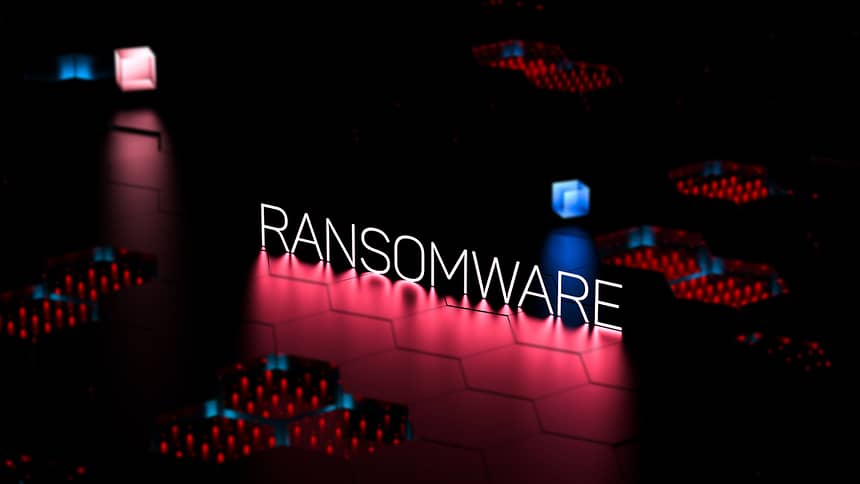
- Eight in ten ransomware victims reported paying, yet recovery remained uncertain
- Cyber criminals now target executive emails and contracts for leverage
- Over half of companies reported attacks tied to AI vulnerabilities
New research has claimed smaller firms continue to face threats in the digital space, with ransomware attacks in particular hitting hard.
The latest Hiscox Cyber Readiness Report found out of nearly 6,000 businesses surveyed, well over half (59%) said they had been hit by some form of cyber attack over the past year.
Financial penalties followed for a third of those affected, with many reporting operational disruption, reputational damage, and even staff burnout.
Troubling reality of ransomware payments
Ransomware remains a major source of damage, and the report reveals that 27% of respondents had experienced such an attack, of which 80% admitted to paying a ransom.
Despite this, recovery was far from guaranteed as only 60% managed to regain all or part of their data, while nearly a third were asked to pay again after the initial transaction.
The findings suggest that paying attackers creates little certainty and may only encourage more extortion attempts.
Calls are growing for greater transparency, with 71% of respondents stating that companies should be required to disclose ransom payments and the amounts involved.
The report notes that criminal groups are increasingly targeting sensitive business data such as contracts, executive emails, and financial information.
These items can be priced according to reputational value, making them easier to monetize than stolen personal details.
“Cyber criminals are now much more focused on stealing sensitive business data. Once stolen, they demand payment…pricing threats based on reputational damage,” said Eddie Lamb, Global Head of Cyber at Hiscox.
“This change has exposed gaps in some companies’ data loss prevention controls, which attackers are readily exploiting.”
At the same time, over half of respondents said they had suffered incidents linked to AI-related vulnerabilities, ranging from deepfakes to weaknesses in third-party AI applications.
Although nealry two-thirds (65%) still regard AI as more of an opportunity than a threat, the findings point to new risks that may not yet be fully understood by business leaders.
To counter these threats, firms are increasing their security budgets and adopting measures that include staff training and new technical safeguards.
Businesses are turning to layered defenses such as ransomware protection, automated malware removal, and comprehensive antivirus systems.
These solutions often combine firewalls, password managers, and secure backup tools to reduce vulnerabilities and strengthen overall resilience.
While these measures can reduce exposure, the scale of attacks suggests that no system is foolproof.
Follow TechRadar on Google News and add us as a preferred source to get our expert news, reviews, and opinion in your feeds. Make sure to click the Follow button!
And of course you can also follow TechRadar on TikTok for news, reviews, unboxings in video form, and get regular updates from us on WhatsApp too.





